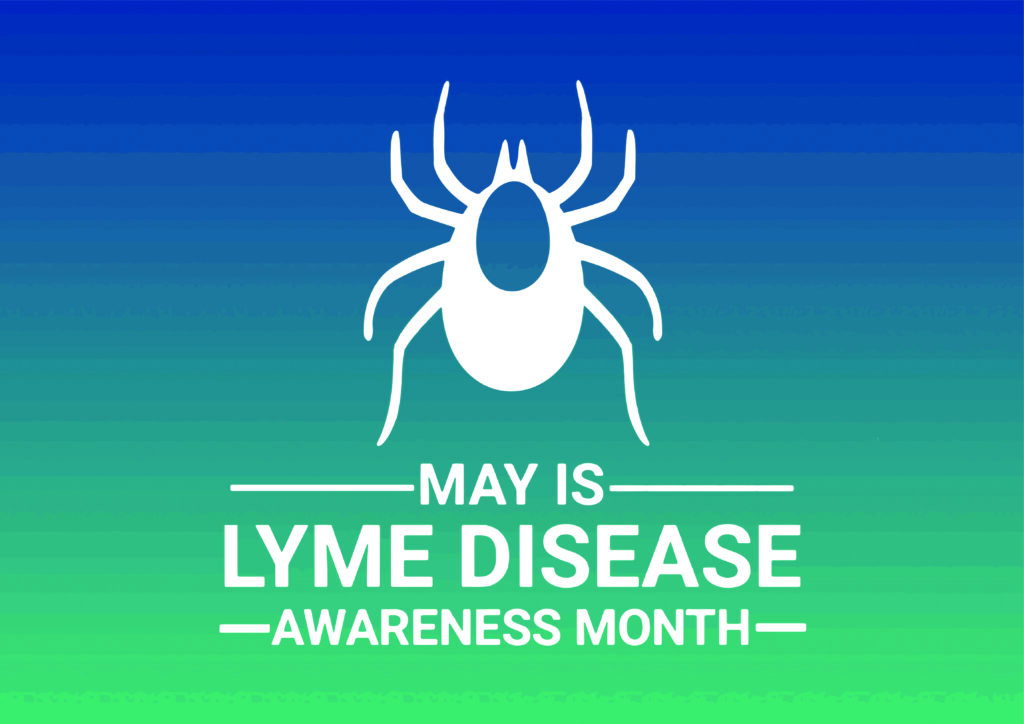
BY DAN P. SCHMIDT
FOR THE OBSERVER
LEE COUNTY — For months, the joint pain and swelling in Rusty Herring’s feet was excruciating. Even something as simple as a trip to the bathroom first thing in the morning became unbearable as he searched for what was causing his misery.
Until last November, a battery of tests had failed to identify the culprit. Then, Herring, a 39-year-old chiropractor in Auburn, received the results of a more detailed blood test he outsourced to a company in California.
He had Lyme disease, a tick-borne bacterial infection that can compromise joint, nervous system and heart health if left untreated. Despite suspecting he had Lyme disease since his symptoms first surfaced last September, the diagnosis brought a sense of relief nevertheless.
While his recovery was initially slow, Herring is now as close to 100% as possible. Looking back now in hindsight, he characterized his improvement as nothing short of extraordinary.
“Six months later, I’m now running around on the baseball field coaching my kids,” Herring said. “I feel really fortunate because for a lot of people, it doesn’t go that way and can be a lifelong struggle. My day to day looks normal again now.”
According to the Centers for Disease Control, state health departments reported more than 63,000 cases of Lyme disease in 2022 alone. Recent estimates also suggest upwards of 476,000 people may be diagnosed and treated for Lyme disease every year in the United States.
While it is typically found in the Northeast, mid-Atlantic and upper-Midwest regions of the United States, it is also found in the South. It can also produce a variety of symptoms that include fever, a distinctive ovular or target-shaped rash, facial paralysis, an irregular heartbeat and arthritis.
The greatest risk of being bitten occurs during the spring, summer and fall months in wooded areas or fields where tall grass, brush or shrubs are present. Medical professionals can effectively treat Lyme disease with antibiotics if a diagnosis comes within the first few months after contraction, with patients typically making a rapid and complete recovery.
Yet for cases that drag on for months or years, Western medicine can have little effect on noticeable symptoms. Herring, an avid outdoorsman and hunter who estimated he receives 10 or more tick bites per year, said he suspects he first contracted the disease more than a decade ago while deer hunting in Alabama.
By the time he started taking antibiotics in mid-November, Herring’s body had fought the bacteria for at least three months, and more than 10 weeks of treatment only left him feeling worse than before. Then, he discovered something that would change the course of his treatment: his house had mold.
From there, Herring would lean upon a small group of nutritionists, medical specialists and other health experts to revamp his recovery. He remediated the mold, improved his diet by eliminating sugar and highly processed grains and optimized his liver, lymphatic system and digestive system health through infrared saunas, hyperbaric oxygen therapy and various supplements.
While the improvement came slowly at first, it became meteoric as he continuously traveled between Auburn and Nashville for treatment. An inflammation test during the first week of December revealed his reading was nearly 16 times higher than average. By the beginning of January, there was little progress. Yet by March, his reading was completely normal.
It was a far cry from the days when the multiple western blot tests — an antibody blood test used to confirm or disprove the results of earlier tests for Lyme disease and other diseases — provided nothing but false negatives.
The way he looks at it now, the process was about proverbially expanding his “bucket.”
“Our ability to detox our body, whether it’s microorganisms or other stuff that comes in our body, our ability to get that stuff out is important,” Herring said. “I look at it as a bucket: you can only take on so much, and once it overflows, you exhibit symptoms. You can either expand the size of your bucket by improving your liver and lymphatic system health, and [or] the other approach is minimizing the amount of toxic pressure on the body.”
Herring said he expects he will have to battle Lyme disease for the rest of his life and accepts he has more sensitivity to bad habits than someone who doesn’t have it. However, he said he also expects he can live a normal lifestyle without any problems as long as he maintains those lifestyle changes.
Despite wishing he and his family had never gone through the experience, Herring said he hopes his experience can help educate others in the Auburn and Opelika area to take the threat Lyme disease poses seriously.
Herring also advocated for preventative measures such as using permethrin spray on one’s boots and pants while hiking, and checking kids, pets and oneself carefully when finished with outdoor activities.
Now, he plans to enjoy quality time with his young family and do the things he once took for granted.
“It means the world to me, because that’s what motivated me to do whatever we had to do and just work very prudently to improve function and take time out of my schedule to allocate resources to get to the bottom of it,” Herring said. “It’s life changing to be where I was six months ago to where I am now, and I’m just super blessed and thankful.”
